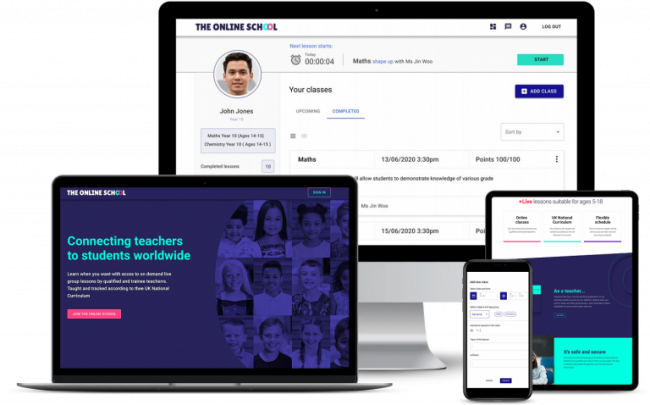How voting is being used to improve online education during COVID lockdown

The problem right now in the education landscape is that there is no way to ensure that the teachers are driving towards engaging and inspiring children; rather they focus on force feeding children textbook definitions to regurgitate on demand.
The Online School, a start up that was inspired as a response to the global pandemic in March 2020, has a solution to helping children gain access to quality education. They do so through the means of live lessons where the teacher’s aim is to deliver content whilst ensuring interactivity of students is high.
Their bespoke classroom emphasises on the use of polling options initiated by the teacher leading the lesson. The teacher is able to suggest a question to the students and give students the option to choose from a list of multiple choice answers. The teacher is able to see the individual responses of each student as well as an aggregate view of what everyone thinks. The aggregate view can be shared with the students and the teacher is more informed as to what exactly they should focus on for the rest of the lesson i.e if they need to reteach the specific learning point or move on.
It is mandatory for teachers to ask students in lessons if the teacher should speed up the pace of teaching or in fact slow it down, depending on the average understanding of the students in the classroom.
Along with voting, students are able to use their microphones to have further engaged conversations with their peers and teacher.
The Online School deliver a “Netflix” equivalent for live, online, interactive education delivered by qualified teachers for ages 5 – 18 according to the UK curriculum. They believe that live education is the catalyst the EdTech industry needs in order to help ensure students are learning and developing. The Online School commented that “Recorded lessons go only so far, a student is generally more engaged when met with human interaction.”

